
Do you have clams at home and don't want to make the classic spaghetti? Don't worry: these molluscs, so popular at summer tables as well as at Christmas, also have the advantage of being very versatile in the kitchen. Clams can be found fresh at the fishmonger's, the most sought-after solution for enhancing their organoleptic and nutritional characteristics (they are rich in potassium), but they are also easily available frozen or in jars, ready to use, a solution that can sometimes come in handy when you are short on time. They can be used with the shell, or without, giving free rein to gnocchi, risottos, soups, but also alternative fried foods. Below, we are going to discover 7 ways to prepare clams, including cooking techniques and simple ideas to make.
Clams: How to Treat Them Before Cooking Them
A plate of clams is synonymous with success: this bivalve mollusc, with an oval or triangular shape, is in fact among the most loved in the kitchen as it manages to combine elegance and ease of execution, always respecting some fundamental steps so that small oversights or carelessness ruin the final result. It is important to know that there are usually three varieties of clams: the Philippine clams, which are the most widespread and economical, come from aquaculture and are meaty, but not very tasty; the most common ones, called lupini, small and tasty, and the Mediterranean clams, the most delicious, large and sweetish, but also difficult to find and therefore expensive. Before getting to work on the most varied recipes, all types purchased fresh are not exempt from a selection (only those closed and with the shell intact are kept, a sign that they are alive) and from purging: they are immersed in a basin with cold and salted water (about 35 g of salt per liter) for at least 2-3 hours, changing the water a couple of times. During this time, the clams will release sand and other impurities. The opening, however, takes place in a pan, cooking them with a lid in a drizzle of oil and a clove of garlic: only molluscs that have opened their valves are used.
1. Clams With The Shell
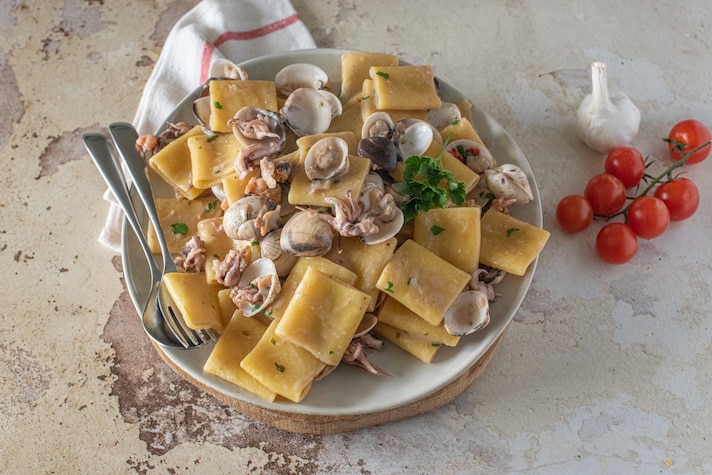
Clams with their shells are ideal for use in recipes that enhance the presentation, with a raw material that is 100% the protagonist. Cleaning and purging them correctly is the sine qua non condition for proceeding with the preparation of the dishes. A good method to ensure that all excess sand is removed from the shell is to use the "flour trick", adding a spoonful of the classic white flour for every liter of water, in addition to salt. The clams are left to rest for the first 2-3 hours, with the molluscs that, attracted by the food, will open more quickly, releasing the sand. Then they are rinsed and soaked again for two hours in the fridge, this time without flour. A recipe to try instead of spaghetti is paccheri with white fish ragù, where freshness is everything.
2. Clams Without Shells
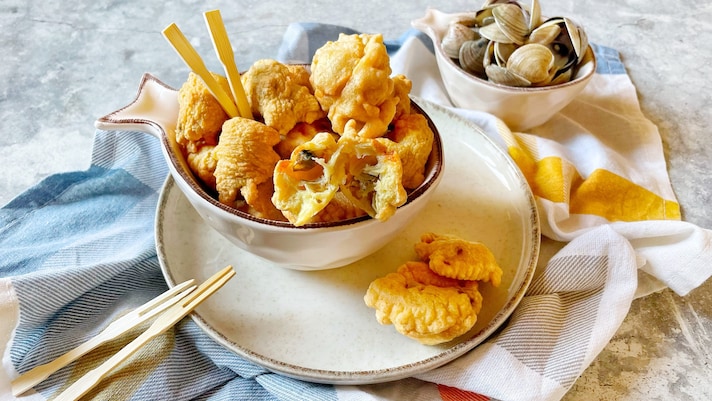
Not everyone appreciates whole clams, as they can be inconvenient when eating them, generating too much volume on the plate, for example in a pasta dish, or difficulty in removing the mollusc from the shell. To bring them to the table alone, if purchased fresh, you must always open them in a pan and then manually separate the two elements. You can opt for two options: keep a portion of the molluscs with the shell as a final decoration, as in clam risotto, so as to make a mix, or choose a very tasty variant that is outside of the first courses, namely fried clams. When the molluscs are completely cooled, they are incorporated into a batter made from flour, eggs, water and filtered clam cooking liquid and fried in boiling oil, as if they were "fritters".
3. Pan-Fried Clams
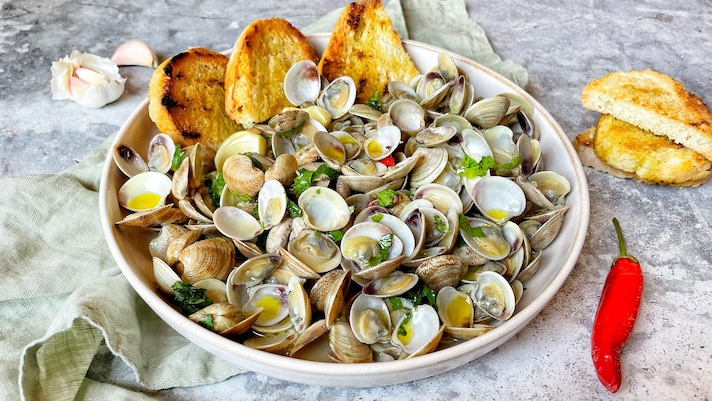
Pan-fried clams are a simple preparation, perfect for an appetizer or a rustic and refined main dish at the same time. One recipe above all to make them the undisputed stars of the dish? The sauté. How is it prepared? Pour a drizzle of oil, two cloves of garlic and some fresh chili pepper cut into slices into a pan. Add the clams, blend with the white wine and when the clams open, cooking is finished. Remove any shells that have not opened and flavor with chopped parsley. Filter the liquid with a strainer. At this point, toast some homemade bread cut into slices and serve the clams with their sauce. Mopping up the sauce is a must.
4. Clams in Soups
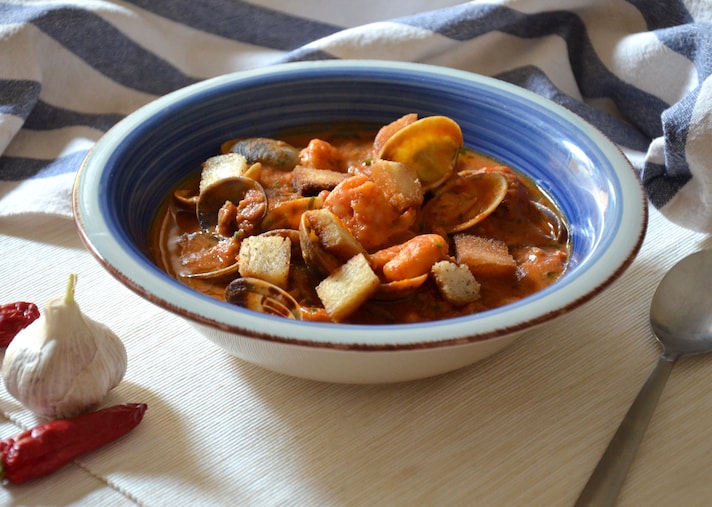
Clams are a traditional ingredient in many fish soups, which are part of the poor seafood cuisine, but which over time have become more noble: from a fishermen's dish to that of great chefs. Usually they are together with shellfish, seafood and other fish species, left to cook gently in a tomato sauce. Among the recipes to try are clam soup , with anchovies, shrimp and San Marzano and fish broth , where clams, squid, prawns, cod fillet and monkfish stand out. You can use both clams with and without the shell: in both cases, it is important to add them in the last few minutes of cooking, after opening them, to preserve the pleasant firm consistency.
5. Clams in Pasta
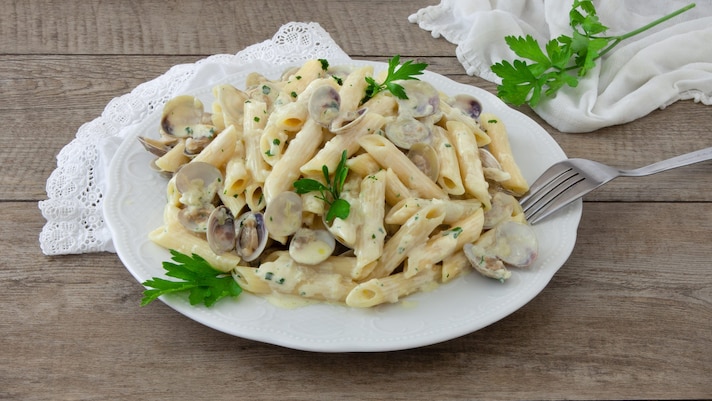
No spaghetti with clams and variations. For clams in pasta we recommend a tried and tested recipe, linked to a wonderful island, but always surprising. We are talking about penne in barca: a typical dish of Elba, created after the Second World War by the late Elbano Benassi, a famous chef, former mayor and restaurateur of Portoferraio. This preparation combines clams , fresh cream and egg yolks , creating a creamy and tasty first course. The clams, purged and opened with garlic and chilli pepper, are then mixed with the pasta and a generous amount of cream, all mixed with the egg yolks.
6. Ready-Made Canned Clams
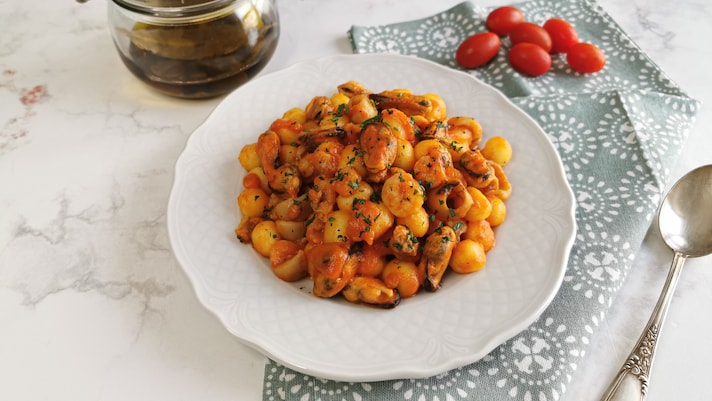
Ready-made canned clams are a convenient option for those who want to save time in the kitchen, without giving up seafood-flavored dishes that everyone can enjoy. Most of the time, these are pre-cooked clams preserved in water and salt, ready to be drained and used in various dishes. Our suggestion? To bring them to the table in a condiment made up of several elements, such as seafood gnocchi, creating a tasty sauce by browning cuttlefish cut into rings, clams, mussels and shrimp, also shelled, in a pan with oil, garlic and chilli. Add a pinch of salt and then the white wine to evaporate, and the tomato pulp. Finally, after 10-15 minutes, add the boiled gnocchi and mix, finishing with chopped fresh parsley.
7. Frozen Clams
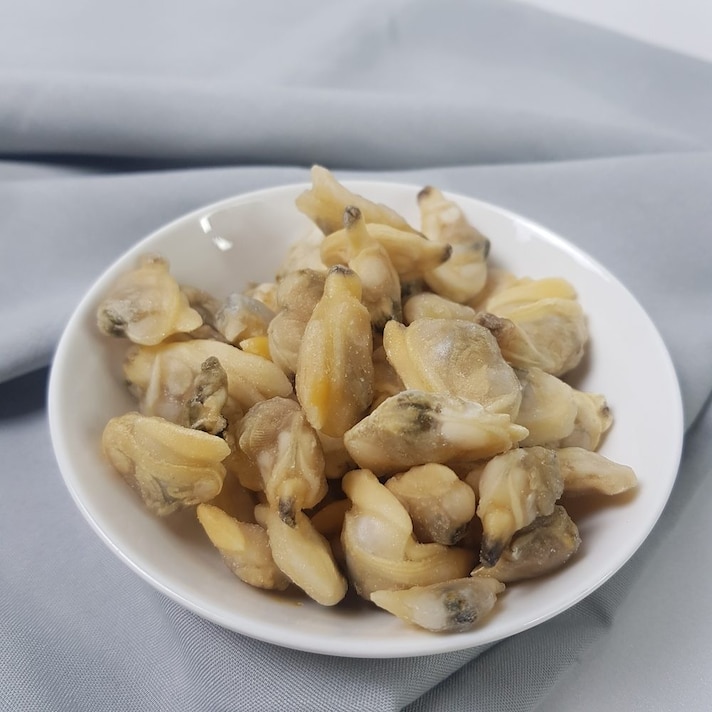
Another practical solution is frozen clams, which can last up to 6 months in the freezer in their intact packaging. Remember to defrost them by removing them from the freezer and placing them in the refrigerator, leaving them for the necessary time (usually overnight): this will respect the cold chain. Once ready to use, you cannot refreeze them, but consume them within 24 hours. Prefer this alternative in particular for preparing dishes such as risottos or soups with other ingredients that give character, since, although they are convenient because they are already cleaned and purged, these molluscs run the risk of having a milder and less pronounced flavor than fresh ones. In any case, if you have frozen clams in their shells and want to make a very fast linguine, put extra virgin olive oil and a clove of garlic in a pan: let it brown briefly and add the clams, blend with the white wine and let it flavor for a few minutes, adding the linguine last: stir in a little cooking water and decorate with fresh parsley.
;Resize,width=767;)
